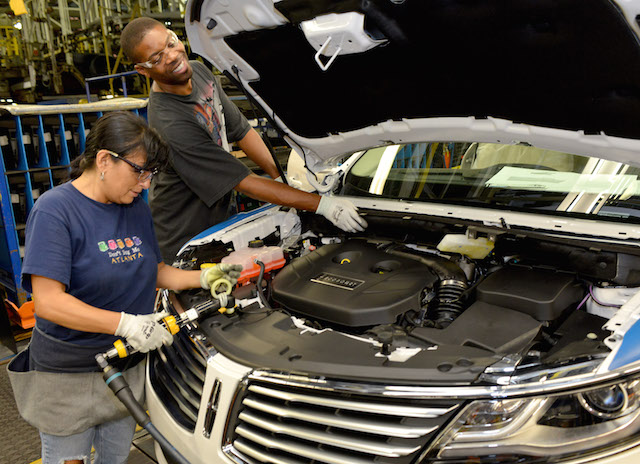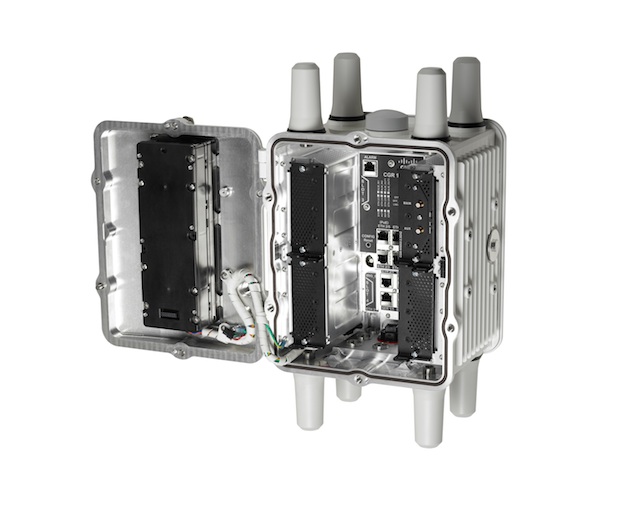Google are in talks with Hutchison Whampoa for the Hong Kong based conglomerate to provide global roaming for Google’s proposed mobile phone network reports the London Telegraph.
Hutchison, who recently agreed to buy UK operator O2 for £10.2 billion from Spain’s Telefonica, are one of the quiet global telecommunications players with services in East Asia, Europe and Australia. An international roaming agreement with Hutchison would give Google a substantial global headstart.
While the mobile phone angle is the obvious service for a global cellular network, another attraction for both Google and Hutchison is the Internet of Things. Being able to offer a worldwide machine to machine (M2M) data service fits very well into Google’s aspirations with products like Nest.
For the mobile phone operators, the prospect of Google entering their market can’t be comforting with the search engine giant having three times the stock market capitalisation of the world’s biggest telco, China Mobile.
It may well be however communications companies have little choice as the software companies start to take the telcos’ profits just as they have done with many other industries.
Should the story be true about Hutchison and Google being in talks it will probably be the start of a massive shift in the global communications industry and one that will see many national champions threatened.
Google’s global network ambitions could change the future of the Internet of Things industry.




